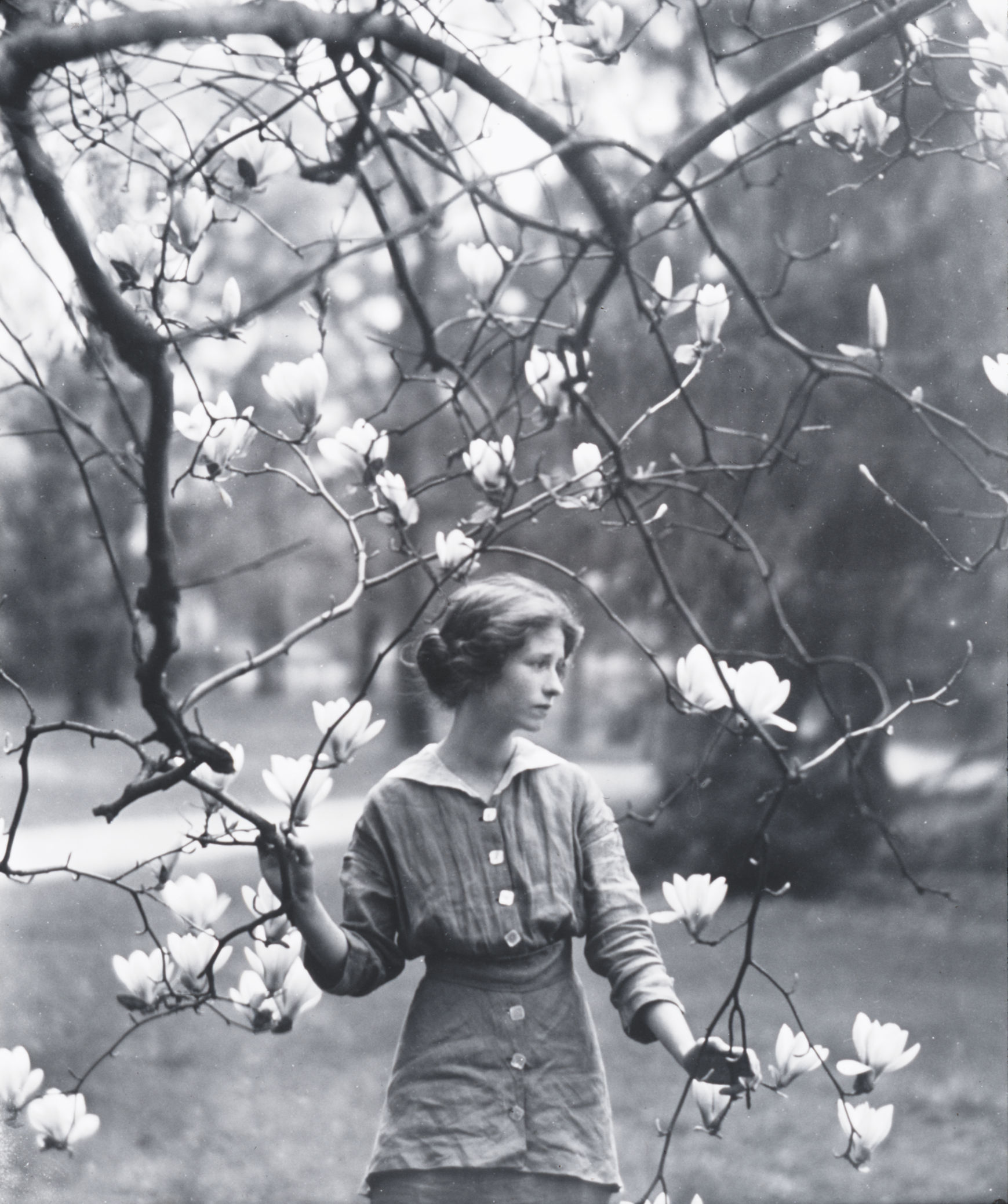13 August, 2015
Collected Sonnets by Edna Saint Vincent Millay
1. Her early sonnets are often emotionally descriptive of those emotional outbursts we can come to regret. But rationality and long-term context often intercede in the volta to frame the emotions. Because of the emotion in the first part, this can create relief in the second, a wry reflection on the moment and thoughts explained in the first. It comes off somewhat like my emo juvenalia that I have burned ages ago.
2. Many of the poems in the first half of the book concern lovers and ex-lovers—always separated by the death of one of the people, or the death of love itself. This becomes a bit repetitive because it is hard for me to stay on such a keyed up emotional plane for that long. In the second half she seems to start using sonnets rather than being used by them, and I think it's generally an improvement.
3. It is hard to stay on this heightened emotional plane, especially when the language is often wooden, ridiculous, and overwrought. Reading just the first lines in the back of the book makes me burst out laughing: "Count them unclean, these tears that turn no mill," "A wagon stopped before the house; she heard," "Gazing upon him now, severe and dead," "That Love at length should find me out and bring," "Night is my sister, and how deep in love."
4. But there are still times when a poem or two really works—in this weird, stilted and archaic language that she often uses. For instance, on page 170, she uses the volta to shift time, not the focus of the poem: a tiger prowls around the house at night, but then, when the sky begins to lighten, the tone shifts from forthcoming doom to hope as the volta moves the plot along in time. This is fantastic!
5. Her narrative sonnets and narrative sonnet sequences are good. I think an interesting part was the closing sonnet sequence, "Epitaph for the Race of Man". Is this some sort of Arthur Clarke science fiction sonnet sequence? Most of the poems in this sequence were poor, but I was intrigued by the attempt. In her sonnet sequences she often uses the volta to progress the plot, meaning that many of these poems have two plot points, two actions within each poem. This shows something that I never suspected—the sonnet can encourage narrative poetry. This is something that I will use because it's engaging as all get out. It allows the poet a couple of opportunities per sonnet to shift the speed of the action.
6. Her end-stopped end-rhymes are often annoying. But when she uses enjambed end-rhymes, it works better. I think it might partially be her choice of rhyming words, but it's probably my own fatigue at end-rhymed poems, which isn't fair to her. She is willing to experiment syllabically, but not with end-rhymes. And that's disappointing, because when she does experiment it stands out, and I wanted more experimentation and less end-rhyming.
7. I most enjoyed the poems on page 60, 100, 101, 112, 140, 154, and 170.
Subscribe to:
Post Comments (Atom)


No comments:
Post a Comment